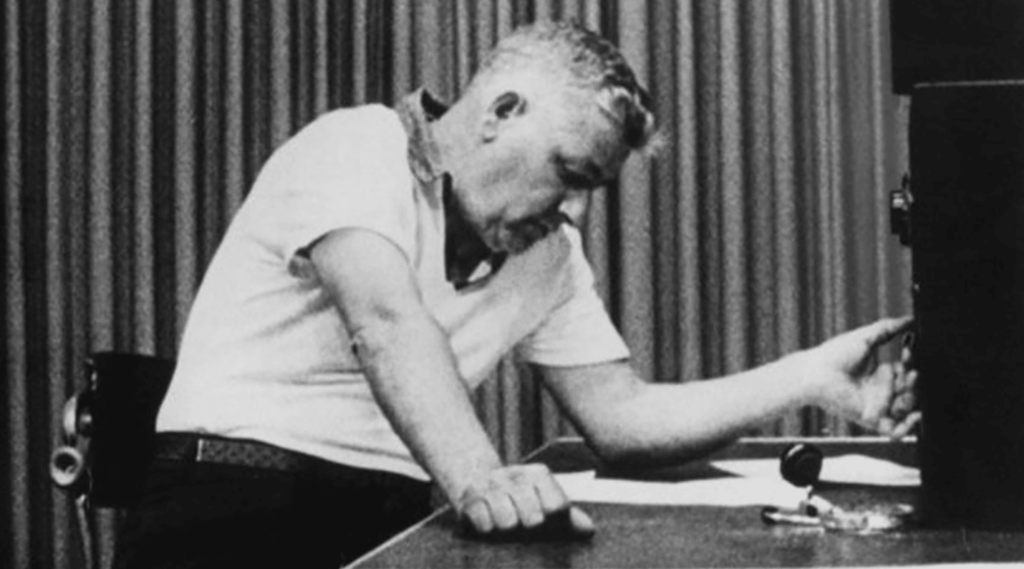One of the most famous studies of obedience in psychology was carried out by Stanley Milgram, a psychologist at Yale University. He conducted an experiment focusing on the conflict between obedience to authority and personal conscience. The experiments began in July 1961.
Milgram was interested in researching how far people would go in obeying an instruction if it involved harming another person. Actually, Stanley Milgram was interested in how easily ordinary people could be influenced into committing atrocities, for example, Germans in WWII.
Milgram selected participants for his experiment by newspaper advertising for male participants to take part in a study of learning at Yale University. Participants were 40 males, aged between 20 and 50, whose jobs ranged from unskilled to professional.
At the beginning of the experiment, they were introduced to another participant, who was a confederate of the experimenter. They drew straws to determine their roles – learner or teacher –although this was fixed and the confederate was always the learner.
There was also an “experimenter” dressed in a gray lab coat, played by an actor. Two rooms in the Yale Interaction Lab were used:
– one for the learner (with an electric chair)
– and another for the teacher and experimenter with an electric shock generator and a row of switches marked from 15 volts (Slight Shock) to 375 volts (Danger: Severe Shock) to 450 volts.
The “learner” was strapped to a chair with electrodes. After he has learned a list of word pairs given him to learn, the “teacher” tests him by naming a word and asking the learner to recall its partner/pair from a list of four possible choices. The teacher is told to administer an electric shock every time the learner makes a mistake, increasing the level of shock each time.



Of course, it wasn’t electricity, but the confederate screamed. The learner gave mainly wrong answers (on purpose), and for each of these, the teacher gave him an electric shock.
When the teacher refused to administer a shock, the experimenter was to give a series of orders to ensure they continued. There were four prods:
Prod 1: Please continue.
Prod 2: The experiment requires you to continue.
Prod 3: It is absolutely essential that you continue.
Prod 4: You have no other choice but to continue.
65% (two-thirds) of participants continued to the highest level of 450 volts.
All the participants continued to 300 volts.
Milgram explained the behavior of his participants by suggesting that people have two states of behavior when they are in a social situation:
- The autonomous state – people direct their own actions, and they take responsibility for the results of those actions.
- The agentic state – people allow others to direct their actions and then pass off the responsibility for the consequences to the person giving the orders. In other words, they act as agents for another person’s will.
Milgram suggested that two things must be in place for a person to enter the agentic state:
- The person giving the orders is perceived as being qualified to direct other people’s behavior. That is, they are seen as legitimate.
- Agency theory says that people will obey an authority when they believe that the authority will take responsibility for the consequences of their actions.
This is supported by some aspects of Milgram’s evidence. For example, when participants were reminded that they had responsibility for their own actions, almost none of them were prepared to obey.
The Milgram experiment was carried out many times.
There are limitations of the study.
- The participants were all males.
- Deception…
- Etc.
Milgram’s findings have been replicated in a variety of cultures and most lead to the same conclusions as Milgram’s original study and in some cases see higher obedience rates.